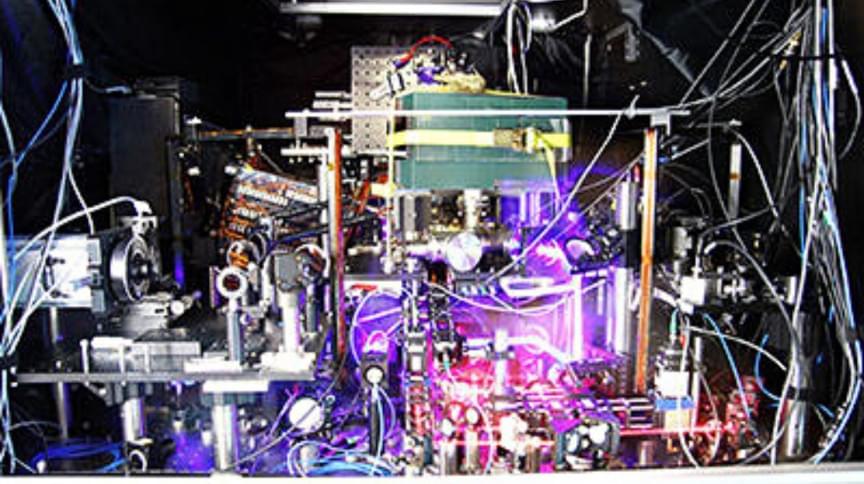Category: cosmology – Page 301
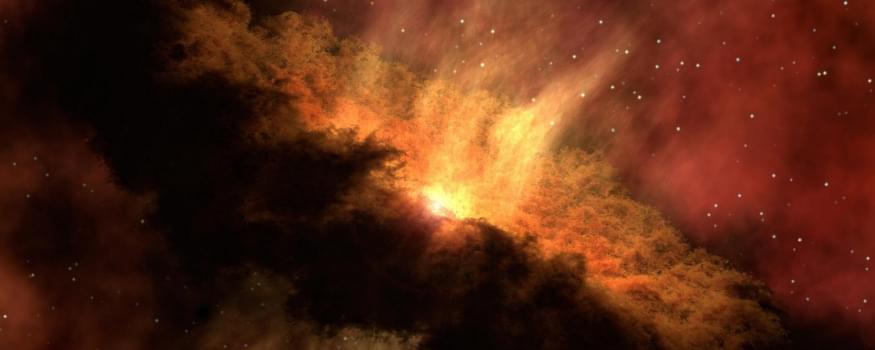
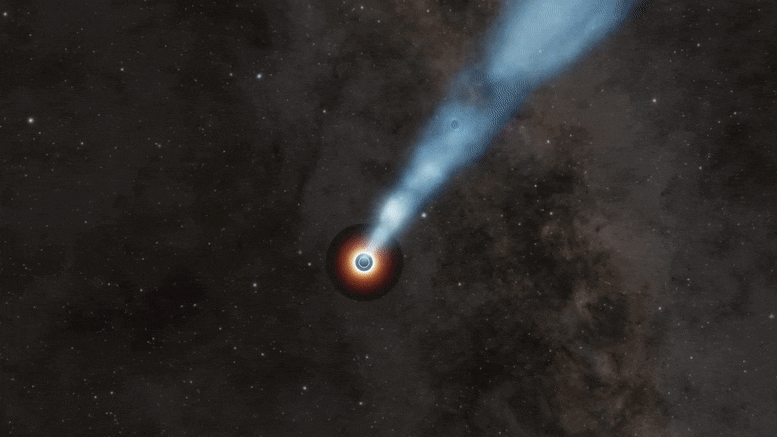
Colossal Black Holes Locked in an Epic Cosmic Dance at Heart of Galaxy
Astronomers find evidence for the tightest-knit supermassive black hole duo observed to date.
Locked in an epic cosmic waltz 9 billion light years away, two supermassive black holes appear to be orbiting around each other every two years. The two giant bodies each have masses that are hundreds of millions of times larger than that of our sun, and the objects are separated by a distance roughly 50 times that which separates our sun and Pluto. When the pair merge in roughly 10,000 years, the titanic collision is expected to shake space and time itself, sending gravitational waves across the universe.
A Caltech-led team of astronomers has discovered evidence for this scenario taking place within a fiercely energetic object known as a quasar. Quasars are active cores of galaxies in which a supermassive black hole is siphoning material from a disk encircling it. In some quasars, the supermassive black hole creates a jet that shoots out at near the speed of light. The quasar observed in the new study, PKS 2131-021, belongs to a subclass of quasars called blazars in which the jet is pointing toward the Earth. Astronomers already knew quasars could possess two orbiting supermassive black holes, but finding direct evidence for this has proved difficult.
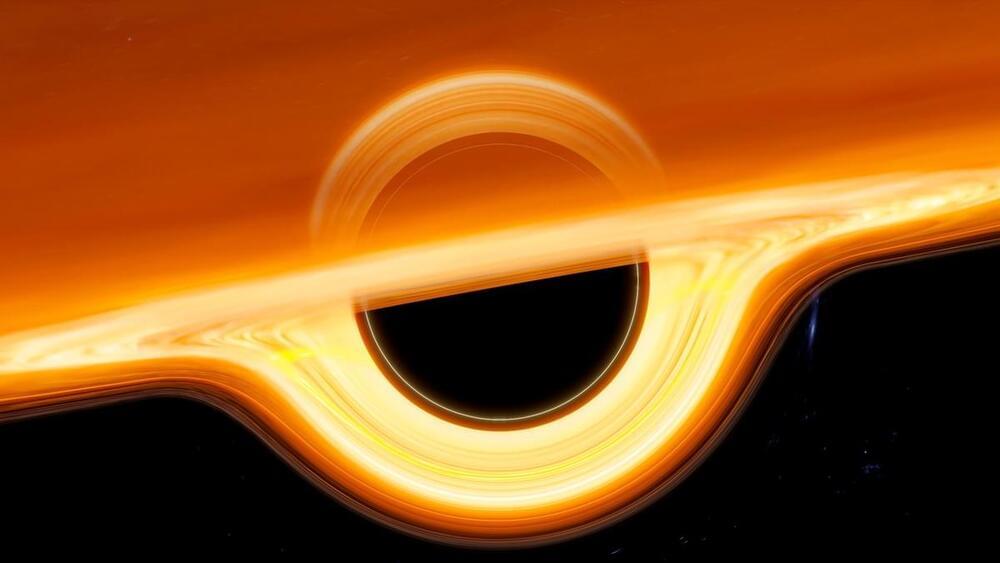
Scientists Are Data Mining Black Holes to See If They Are Holograms
There are few places in the universe that invite as much curiosity—and terror—as the interior of a black hole. These extreme objects exert such a powerful gravitational pull that not even light can escape them, a feature that has left many properties of black holes unexplained.
Now, a team led by Enrico Rinaldi, a research scientist at the University of Michigan, have used quantum computing and deep learning to probe the bizarre innards of black holes under the framework of a mind-boggling idea called holographic duality. This idea posits that black holes, or even the universe itself, might be holograms.
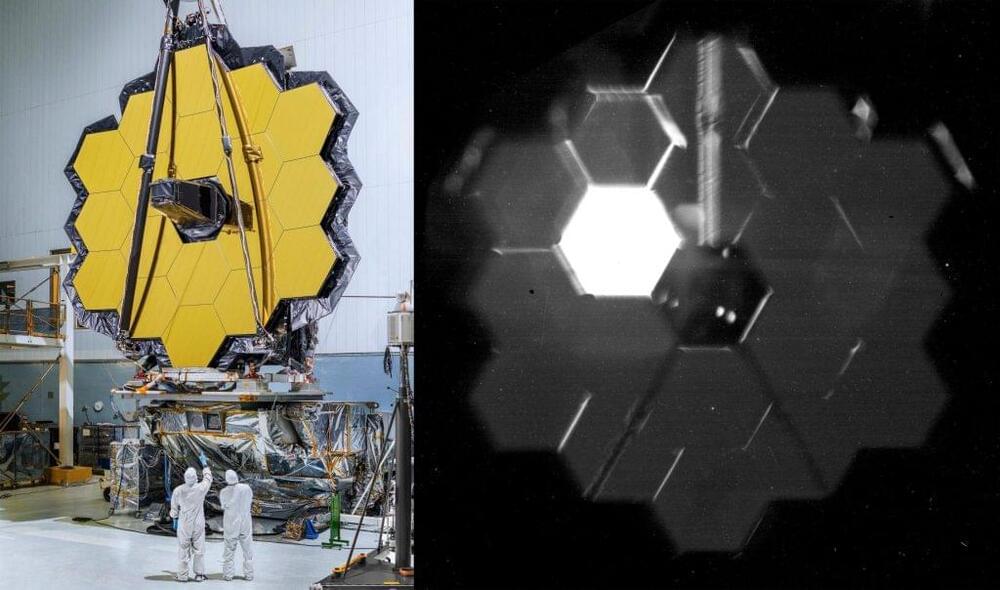
Physicists measure gravitational time warp to within one millimeter
The flow of time isn’t as consistent as we might think – gravity slows it down, so clocks on the surface of Earth tick slower than those in space. Now researchers have measured time passing at different speeds across just one millimeter, the smallest distance yet.
The idea that time would be affected by gravity was first proposed by Albert Einstein in 1915, as part of his theory of general relativity. Space and time are inextricably linked, and large masses warp the fabric of spacetime with their immense gravitational influence. This has the effect of making time pass more slowly closer to a large mass like a planet, star, or, in the most extreme example, a black hole. This phenomenon is known as time dilation.
Here on Earth, time dilation effectively means that time moves more quickly at higher elevations. So for instance, time passes faster on the summit of Mount Everest than at sea level, but it applies over smaller distances too – someone living in a 10th floor apartment will age faster than someone on the first floor, and your head ages faster than your feet.
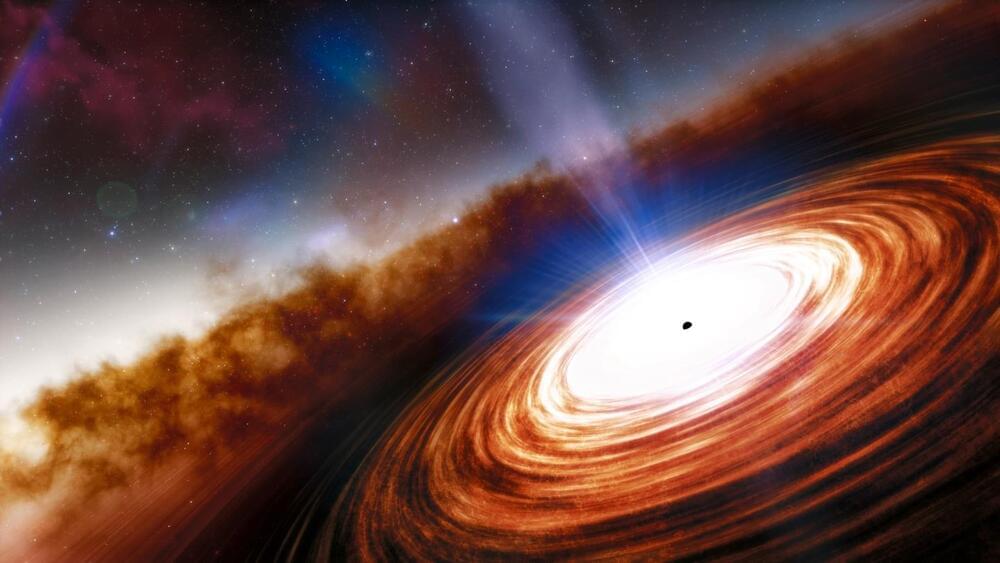
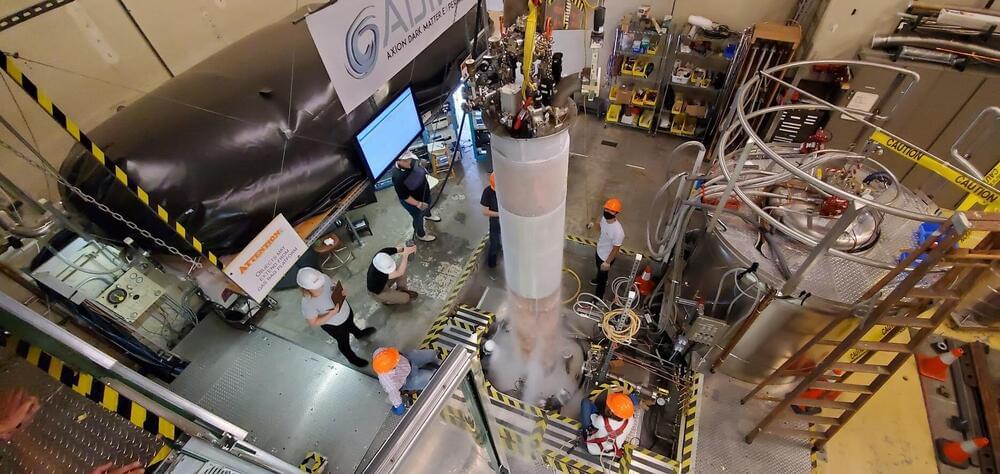
Examining the results of new dark matter searches by the PandaX-4T and ADMX collaborations
Physicists have predicted the existence of dark matter, a material that does not absorb, emit or reflect light, for decades. While there is now significant evidence hinting to the existence of dark matter in the universe, as it was never directed detected before its composition remains unknown.
In recent years, researchers worldwide have made different hypotheses about the composition of this elusive material and tried to test them experimentally. Many have suggested that it could be comprised of new and previously unobserved types of elementary particles, such as axions and weakly interactive massive particles (WIMPs).
A few weeks ago, two large research collaborations, the PandaX-4T and the ADMX Collaborations, published the results of two new dark matter searches based on different hypothesis. In their study, featured in Physical Review Letters, the PandaX-4T Collaboration tried searching for signs of a new elementary particle in data collected using a time projection chamber at the China Jinping Underground Laboratory (CJPL), the deepest underground lab in world.
Physicists may finally learn what’s inside a black hole
A light in the dark — If quantum computers continue to advance, and perform more calculations for less steep costs, Rinaldi and his team might be able to reveal what happens inside of black holes, beyond the event horizon — a region immediately surrounding a black hole’s singularity, within which not even light, nor perhaps time itself, can escape the immense force of gravity.
In practical terms, the event horizon prevents all conventional, light-based observations. But, and perhaps more compelling, the team hopes that further advances in this line of inquiry will do more than peek inside a black hole, and unlock what physicists have dreamed of since the days of Einstein: a unified theory of physics.
